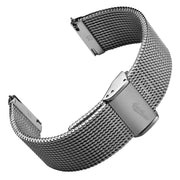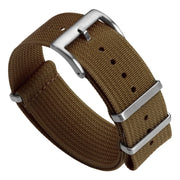Setting a moonphase complication requires patience and the right reference point, but it's not as complicated as it might seem. Here's how to set your moonphase watch to synchronize with the actual lunar cycle:
How to Set a Moonphase Watch

1. Safety First
Never adjust date or moonphase functions between 9 PM and 3 AM, when the watch's changing mechanism is engaged. Set your watch time to approximately 6:30 before making any adjustments to avoid damaging the delicate gears.
2. Find Your Reference Point
Determine the current moon phase or the date of the last full/new moon. This information is readily available through weather apps, astronomy websites, or a simple internet search for "current moon phase."
3. Set the Known Phase
Using your watch's crown or dedicated corrector pusher, advance the moonphase disc until it displays the known phase (typically full moon as a reference point). Most watch manuals recommend starting from the last full moon.
4. Calculate and Advance
Count the days since your reference point and advance the moonphase display accordingly. Each "click" usually represents one day in the lunar cycle. For example, if it's been 5 days since the last full moon, advance the display 5 increments from the full moon position.
5. Final Adjustments
Set the correct time and date normally, ensuring you account for AM/PM if necessary. Push the crown back to its normal position, and your moonphase should now track the actual lunar cycle.
Pro Tips:
Always consult your specific watch manual, as procedures vary between manufacturers. Some watches use pushers instead of crown positions, and others may have unique setting sequences. Handle corrector tools (often small stylus pins) with care to avoid scratching the case. With proper setup, your moonphase should remain accurate for years before needing recalibration. The ritual of setting a moonphase becomes part of the charm – it's a moment of connection with both your timepiece and the celestial mechanics it mirrors.
As always, the comments are open for your questions and if you're looking to learn more about the moonphase complication then check out Anna's comprehensive guide.












